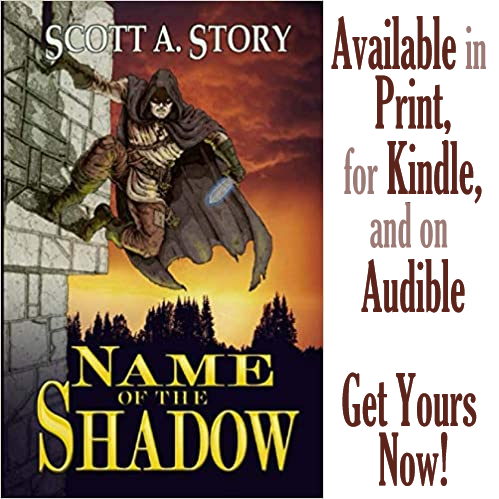Introduction
Here are the top 99 Aorlisian saints. Saints are the spirits of a deceased holy people. Somewhat like an ancestor-based religion, believers may pray to the saints who, in turn, act as conduits for divine energy and will, and channel divine intercessions for mortals. This is a messy, unorganized collection who developed organically from martyrs, exemplars, mythological figures, and even old pagan gods. Saints intercede for you with God—the saint himself has no power in his own right, but are holy channels to divine aid that come as miracles.
Angels are not saints, but divine messengers and soldiers, and saints are intercessors who perform miracles and wonders. Mystics are living humans who commune with the divine and practice wonders in life, but they are not saints and cannot be sainted until they have passed away.
Saints come from different sources. About a third of them died as martyrs, giving their lives for their faith. Wet martyrs are those that bled for their faith, and dry martyrs did not. A confessor is like a martyr in that he suffered or was tortured for his religious beliefs, but he survived the abuse and died of natural causes later. Most more recent saints are drawn from exemplars, aka confessional saints, who led exemplary, pious lives but didn’t die for their faith. As mentioned, some saints are refurbished pagan deities, and some are culled from mythological characters.
There are several types of saints, aka those who have been canonized. Those called venerable have been recognized for one miracle, or lived a holy life. Beauti are those responsible for two miracles after death, and full-on saints have three or more miracles attributed to them. Doctors of the Church are saints who made major contributions to the Faith’s theology/liturgy, and Church Fathers are saints who helped found the religion in the beginning.
Miracles are how saints intercede in the material world. These phenomena are wonders that have no natural explanation; they appear to be acts of God; and they must have been witnessed. Thus, if no sees the miracle, or it can’t be attributed to God, or it has a reasonable explanation, then it’s not a miracle.
Miracles take different forms. First, healing miracles cure illnesses or physical impairments. Second, exorcisms drive demons or unclean spirits out of possessed people or away from a place. Nature miracles involve storms, earthquakes, unexplained phenomena, and feeding multitudes. Restoration miracles are like healing miracles in that they raise the dead to living or restore life. Prophecies are also miracles, but of a lesser understood variety.
Saints often work the miracles they channel through their holy relics. A class I relic is part of the saint’s bodily remains, such as his blood or bones. These are considered the most valuable and efficacious. Class II relics are objects the saint owned in life or carried with him, such as his robes, sandals, or similar things. Class III relics are objects the saint touched in life, or specific places the saint visited or worked a wonder.
Relics are valuable and carefully guarded, and they are usually stored in containers called reliquaries. Places associated with saints often are where churches are erected. Relics and their churches are destinations for pilgrims, and important relics are housed in basilicas.
The bodies of saints are often incorruptible, smelling of flowers when their tombs are opened, with their bodies still intact and pliable.
Hagiography are writings about the lives of saints.











Comments